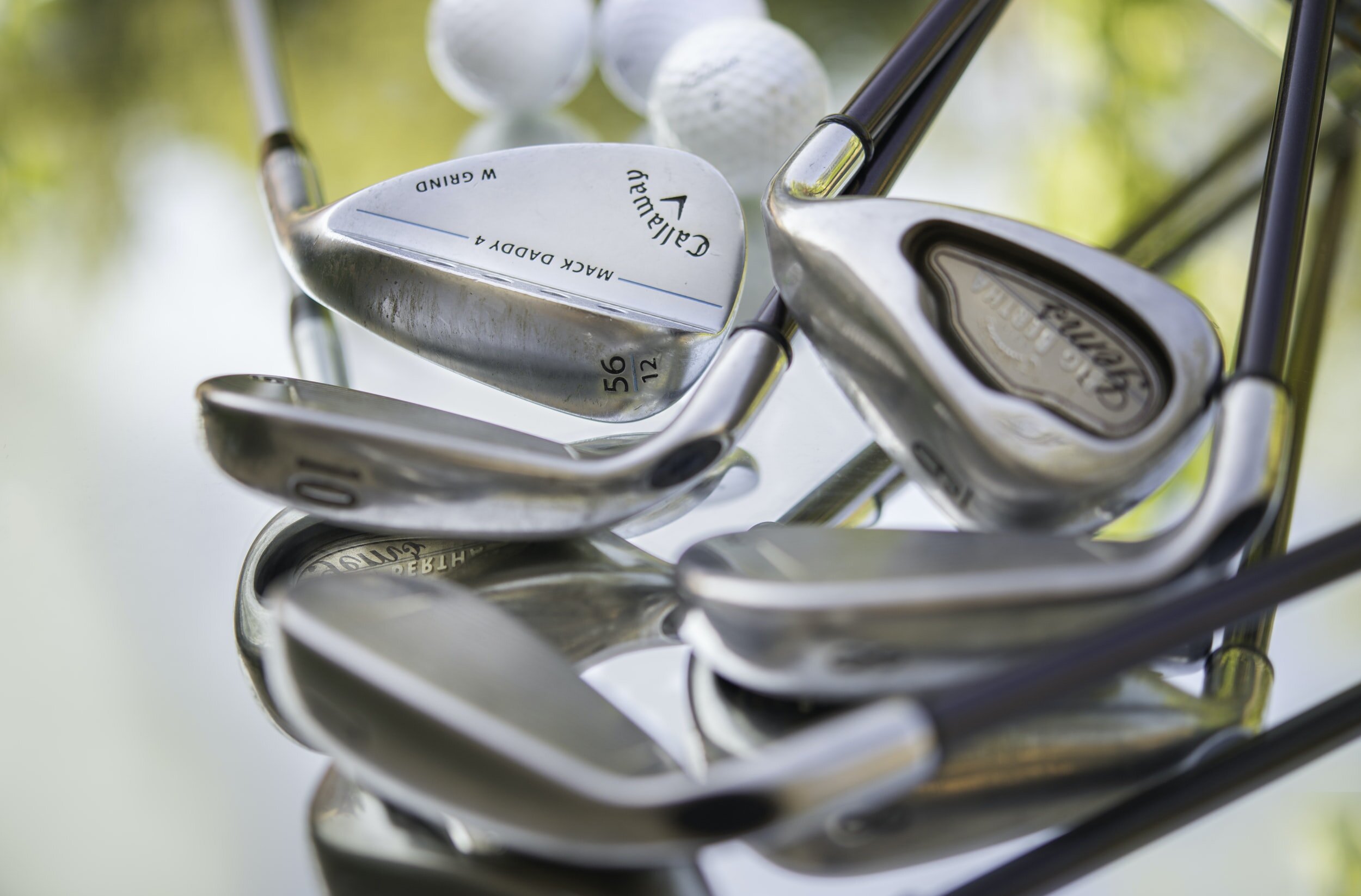Why are Golf Clubs So Expensive
Golf, often referred to as the “gentleman’s game,” has captivated players for centuries with its unique blend of skill, strategy, and precision. As you delve into the world of golf, you quickly realize that having the right equipment can significantly impact your performance on the course. Among the essential tools of the trade are golf clubs, the instruments that allow golfers to strike the ball with accuracy and power.
However, one question that frequently arises is: why are golf clubs so expensive? It’s not uncommon to see price tags reaching astronomical figures for these seemingly simple tools. In this article, we will unravel the mystery behind the high cost of golf clubs, exploring the intricate factors that contribute to their price tags.
From the materials used in their construction to the technological innovations and brand reputation, we will delve into each aspect to understand the reasoning behind their premium pricing. We will also explore the customization options available and how they affect the overall cost. By the end, you will gain a comprehensive understanding of why golf clubs carry such a hefty price tag and how these factors can impact your purchasing decisions.
So, grab your putter and tee up as we embark on a journey to uncover the reasons behind the expense of golf clubs. Let’s dive in!

The Materials Used in Golf Clubs
When it comes to the manufacturing of golf clubs, the choice of materials plays a significant role in determining their price. Let’s take a closer look at two popular materials used in golf club construction:
Metal Composition
Golf clubs are commonly made from either titanium or stainless steel due to their desirable properties.
Titanium Clubs
Titanium is a lightweight and incredibly strong metal, making it an ideal choice for golf club heads. The use of titanium allows manufacturers to create clubs with larger sweet spots and increased forgiveness. However, the cost of titanium is relatively high compared to other materials. Its extraction, refinement, and fabrication processes are complex, contributing to the overall price of titanium golf clubs.
Manufacturing Process and Costs
The manufacturing process for titanium clubs involves multiple steps. The raw titanium is first melted and shaped into the desired form, followed by precise machining and finishing. These intricate procedures, along with the high cost of the raw material itself, significantly contribute to the expensive nature of titanium golf clubs.
Premium Pricing
Due to the premium attributes of titanium clubs, such as their lightweight nature and enhanced performance, manufacturers price them accordingly. Golfers who prioritize performance and are willing to invest in high-quality clubs often opt for titanium options despite their higher price tag.
Stainless Steel Clubs
Stainless steel is another popular choice for golf club construction. It offers durability and affordability while still providing decent performance on the course. Although not as lightweight as titanium, stainless steel clubs remain a favorable option for golfers seeking a balance between quality and cost.
Club Design and Technological Advancements
Apart from the materials used, the design and technological advancements incorporated into golf clubs contribute to their overall cost. Manufacturers invest significant resources in research and development to improve club performance through innovative design elements and cutting-edge technologies.
Club Head Design
The design of the club head has a direct impact on its playability and forgiveness. Engineers and designers continuously strive to optimize club head shapes, sizes, and weight distributions to enhance performance. These design improvements often come at a higher cost due to the additional research and development expenses involved.
Technological Innovations
Technological advancements have revolutionized the golf industry, leading to more sophisticated and expensive club options. For example, adjustable weights, adjustable hosels, and variable face thickness are among the innovative features found in modern golf clubs. These advancements offer golfers the ability to customize their clubs to suit their playing style, but they also contribute to the overall price due to the intricate engineering and manufacturing processes required.
Brand Reputation and Exclusivity
In the world of golf, brand reputation and exclusivity play a significant role in determining the price of golf clubs. Established golf club manufacturers with a long-standing reputation for producing high-quality clubs often charge a premium for their products.
Research and Development Investment
Renowned golf club manufacturers invest heavily in research and development to push the boundaries of performance. They continuously strive to develop cutting-edge technologies and design elements to stay ahead of the competition. The costs associated with these investments inevitably get passed on to the consumer, resulting in higher-priced golf clubs.
Exclusivity and Limited Editions
Some golf club manufacturers create limited edition or custom-designed clubs, catering to golfers seeking exclusivity and uniqueness. These clubs may feature special finishes, premium materials, or limited availability, making them highly sought after by collectors and enthusiasts. The exclusivity factor, coupled with the limited production runs, contributes to their higher price points.
Customization Options and Fitting Services
Another aspect that affects the price of golf clubs is the availability of customization options and fitting services. Golfers who want clubs tailored specifically to their swing characteristics and preferences often opt for custom fitting. This process involves analyzing the golfer’s swing dynamics, body measurements, and club specifications to optimize performance.
Custom Fitting Process
During a custom fitting session, a professional club fitter assesses the golfer’s swing and uses launch monitor technology to gather data on factors such as swing speed, launch angle, and ball spin. This data helps determine the ideal club specifications, including shaft flex, club length, lie angle, and grip size. The customization process and the expertise of the club fitter add to the overall cost of the golf clubs.
Premium Pricing for Customized Clubs
Customized golf clubs are generally priced higher due to the additional labor, time, and expertise involved in tailoring them to individual golfers. The personalization factor and the potential performance benefits of having clubs fitted to specific swing characteristics make customized clubs an attractive option for serious golfers, despite the higher price.
Conclusion
In summary, several factors contribute to the high cost of golf clubs. The materials used, such as titanium and stainless steel, along with the complex manufacturing processes involved, can significantly impact the price. Additionally, the design elements, technological advancements, brand reputation, exclusivity, and customization options further add to the cost of golf clubs. While the price of golf clubs may seem steep, it’s essential to consider the level of performance and satisfaction they can provide to golfers who prioritize their game. Whether investing in top-of-the-line clubs or opting for more budget-friendly alternatives, choosing the right golf clubs ultimately depends on individual preferences, skill level, and budget.





